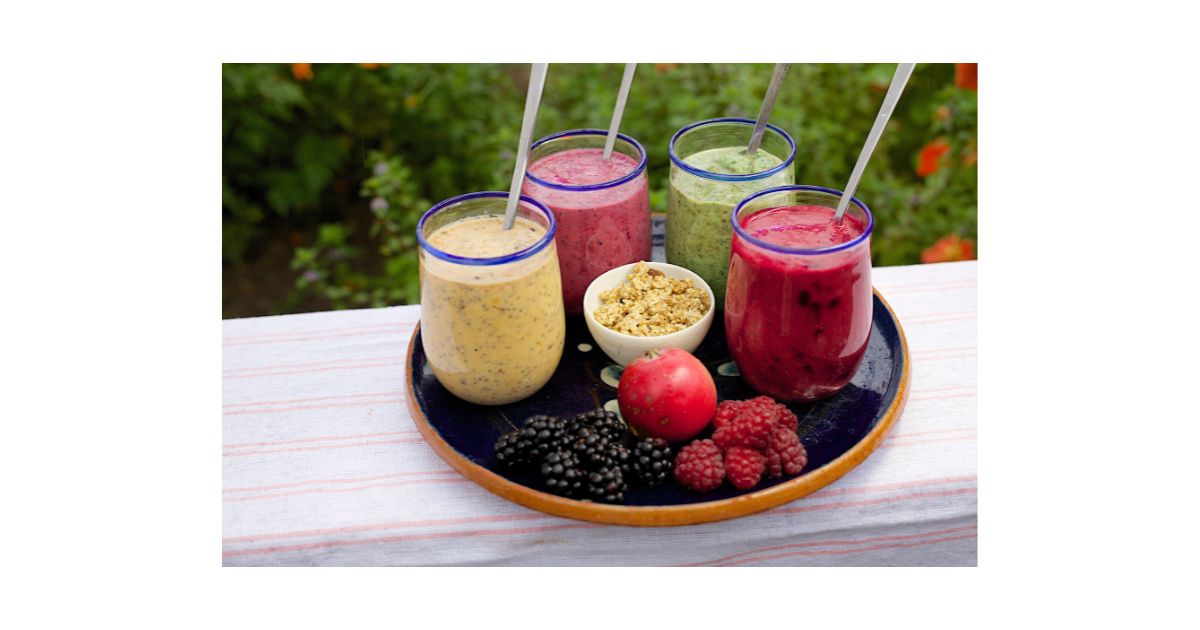In the hustle and bustle of modern life, maintaining a healthy lifestyle often takes a back seat. Yet, amidst our busy schedules, one thing remains paramount: our diet. A balanced diet chart is the cornerstone of good health, providing the body with essential nutrients, energy, and vitality. Crafting a balanced diet chart isn’t just about what you eat; it’s about nourishing your body with the right foods in the right proportions. Let’s delve into the essentials of creating a balanced diet chart that promotes overall well-being.



Table of Contents
ToggleUnderstanding the Components of a Balanced Diet chat
A balanced diet chart encompasses a variety of nutrients that are crucial for optimal functioning of the body. These include:
- Proteins: Found in sources like meat, fish, eggs, dairy, legumes, and nuts, proteins are the building blocks of the body, essential for muscle repair and growth.
- Carbohydrates: Main sources of energy, carbohydrates can be obtained from whole grains, fruits, vegetables, and legumes. Opt for complex carbohydrates that provide sustained energy levels.
- Fats: Healthy fats, such as those found in avocados, nuts, seeds, and olive oil, are vital for brain health, hormone production, and absorption of fat-soluble vitamins.
- Vitamins and Minerals: Fruits, vegetables, whole grains, and lean proteins are rich sources of vitamins and minerals, which play key roles in various bodily functions, including immune support, bone health, and tissue repair.
- Fiber: Found in plant-based foods, fiber aids digestion, regulates blood sugar levels, and promotes a feeling of fullness, thereby aiding weight management.
Building Your Balanced Diet Chart
Creating a balanced diet chart involves incorporating a variety of foods from different food groups in appropriate proportions.
- Plan Your Meals: Begin by planning your meals for the week ahead. Include a Variety of Foods: Embrace diversity in your diet by including foods from all food groups. Experiment with different fruits, vegetables, grains, and proteins to ensure you get a wide array of nutrients. Use tools like measuring cups and food scales to gauge appropriate portions, especially for calorie-dense foods. These foods are nutrient-dense and free from added sugars, unhealthy fats, and artificial additives. Stay Hydrated: Water is essential for overall health and proper bodily functions. Be Mindful of Snacking: Choose nutritious snacks like yogurt, nuts, fruits, or whole-grain crackers to keep hunger at bay between meals. Avoid mindless snacking on processed foods high in sugar and unhealthy fats. Listen to Your Body: Pay attention to how different foods make you feel. Notice any patterns or reactions your body has to certain foods and adjust your diet accordingly to accommodate your individual needs.
Conclusion
A balanced diet chart is not a one-size-fits-all approach but rather a personalized journey towards optimal health and well-being. By understanding the components of a balanced diet and incorporating a variety of nutritious foods into your meals, you can nourish your body from the inside out. Remember, balance is key – aim for moderation, variety, and consistency in your dietary choices. With mindful eating and a focus on wholesome foods, you can embark on a path to a healthier, happier you
reading a balanced diet chart involves considering various factors such as individual dietary needs, health goals, personal preferences, and nutritional requirements. Here’s a general guide on how to prepare a balanced diet chart:
1. Assess Dietary Needs and Goals:
- Health Goals: Determine if the person wants to lose weight, maintain weight, gain muscle, etc.
- Medical Conditions: Consider any existing medical conditions or dietary restrictions.
- Activity Level: Activity level and lifestyle play a significant role in determining calorie and nutrient requirements.
2. Understand Macronutrients and Micronutrients:
- Macronutrients: Include carbohydrates, proteins, and fats. Each macronutrient serves a specific role in the body and should be included in appropriate proportions.
- Micronutrients: These include vitamins and minerals, which are essential for various bodily functions.
3. Create a Balanced Plate:
- Fill Half Your Plate with Fruits and Vegetables: They provide essential vitamins, minerals, fiber, and antioxidants.
- Add Lean Protein Sources: Include sources like lean meats, poultry, fish, eggs, legumes, and tofu.
- Incorporate Whole Grains: Opt for whole grains like brown rice, quinoa, whole wheat bread, and oats.
- Include Healthy Fats: Include sources of healthy fats such as nuts, seeds, avocados, and olive oil.
4. Portion Control:
Use measuring cups, food scales, or visual cues to estimate portion sizes.
5. Consider Meal Timing and Frequency:
- Plan regular meals and snacks throughout the day to maintain energy levels and prevent overeating.
- Avoid skipping meals, especially breakfast.
6. Hydration:
- Limit sugary drinks and excessive caffeine intake.
7. Customize According to Individual Needs:
- Consider any food allergies, intolerances, cultural preferences, or ethical beliefs when planning meals.
- Adjust the diet chart based on individual preferences and lifestyle.
8. Seek Professional Guidance:
- For personalized advice, consult with a registered dietitian or nutritionist who can provide tailored recommendations based on individual needs and goals.
Sample Balanced Diet Chart:
- Breakfast: Whole grain toast with avocado and poached eggs, a side of mixed berries.
- Mid-Morning Snack: Greek yogurt with sliced almonds and a drizzle of honey.
- Lunch: Grilled chicken salad with mixed greens, cherry tomatoes, cucumbers, and balsamic vinaigrette.
- Dinner: Baked salmon with quinoa and roasted vegetables (such as broccoli, bell peppers, and carrots).
- Evening Snack (optional): A small bowl of mixed nuts or a piece of fruit. Encourage variety, moderation, and mindful eating habits for long-term health and wellness.
Creating a senior citizen diet chart requires careful consideration of their nutritional needs, which often include a focus on maintaining healthy weight, supporting bone health, managing blood pressure, and preventing conditions like diabetes and heart disease. Here’s a general senior citizen diet chart to consider:
Senior Citizen Diet Chart:
Breakfast:
- Whole grain cereal or oatmeal with low-fat milk or almond milk
- Sliced banana or berries for added antioxidants and fiber
- A small handful of nuts (almonds, walnuts) for healthy fats
- Green tea or herbal tea for antioxidants
Mid-Morning Snack:
- Greek yogurt or low-fat yogurt with honey and a sprinkle of chia seeds
- Sliced apple or pear.
Lunch:
- Grilled chicken or fish (salmon, trout) for lean protein
- Quinoa or brown rice for complex carbohydrates
- Steamed vegetables (broccoli, carrots, spinach) for fiber and vitamins.
- A small salad with mixed greens, tomatoes, cucumbers, and olive oil dressing
- A glass of water or herbal tea
Afternoon Snack:
- Hummus with baby carrots or whole grain crackers
- A small handful of grapes or mixed berries
Dinner:
- Baked sweet potato or squash for complex carbohydrates and beta-carotene.
- Steamed or sautéed greens (kale, Swiss chard) for calcium and vitamins
- A light soup or broth-based vegetable soup
- Herbal tea or warm water with lemon
Before Bed:
- A small glass of warm milk or chamomile tea to aid sleep.
General Tips:
- Encourage hydration throughout the day with water, herbal teas, and diluted fruit juices.
- Limit processed foods, added sugars, and high-sodium foods.
- Ensure meals are rich in fiber, including whole grains, fruits, and vegetables, to aid digestion and prevent constipation.
- Encourage regular physical activity to support overall health and well-being.
- Consult with a healthcare provider or a registered dietitian for personalized dietary recommendations, especially if the senior citizen has specific health concerns or dietary restrictions.
Remember, individual nutritional needs may vary, so it’s essential to tailor the diet chart based on specific health conditions, preferences, and dietary requirements of the senior citizen in question.

